MARKET OVERVIEW
The USA Dips and spreads market stand as strong pillars of the food industry. A segment mainly meant for customers who want a quick, tasty, and versatile addition to different types of meals and snacks, this market will only grow with the changing dietary needs and the increasing call for different flavors. Dips and spreads complete almost every social occasion, from enhancing a meal to snacking, making them staples in households and food service. It continues to evolve according to the palate changes, health trends, and innovations in ingredients that make up consumer choice.
It will always be a defining feature of the USA Dips and Spreads market. Ranging from the traditional dairy-based variety, such as cheese dips and sour cream dips, to plant-based varieties that can be enjoyed by vegans and lactose intolerants alike, the market will have unlimited scope in the variety of flavours from brands launching newer formulations that balance taste, textural appeal, and nutritional benefit. Classic stalwarts like hummus, guacamole, salsas, and nut-based spreads continue to gain prominence, while new tastes and ingredient combinations will evolve to appeal to modern consumers' evolved palates.
Convenience is an aspect that will shape the USA Dips and Spreads market a lot. Consumers looking for quick meal solutions will increase demand for ready-to-eat, resealable, and portable packaging for snack items. Single-serving sizes and on-the-go formats will become increasingly popular as dips and spreads will be made available for more busy lifestyles. As food delivery and take-out take on huge growth spurs, the way in which these products will be marketed and distributed will be driven by restaurant-retail partnerships.
The influence of global cuisines will introduce different flavors and ingredients to the USA Dips and Spreads market. Inspired by international culinary traditions of the world, such as Mediterranean, Middle Eastern, Asian, and Latin American cuisines, consumers will be most interested in these products. Spices, herbs, and alternative protein sources will bring innovation to the dips and spreads that appeal to an adventurous clientele. Historical norms for ingredients will be overturned and reinvented with bold new flavors and exciting pairings, thus ensuring constant innovation in product development.
Nutrition will continue to be the central driving factor of the US Dips and Spreads market. For example, health-value-conscious people would look up to clean label ingredients; low sodium; and balanced macronutrient compositions. The functional ingredients found in the dips and spreads may include probiotics, plant proteins, and oils rich in omega. Product formulations will change with commercial advances in food transparency with regard to ingredient sourcing, processing, and health benefits. In short, consumer nationality continues to generate great demand for new-and-improved dips and spreads.
USA Dips and Spreads market is estimated to reach $11642.7 Million by 2032; growing at a CAGR of 3.7% from 2025 to 2032.
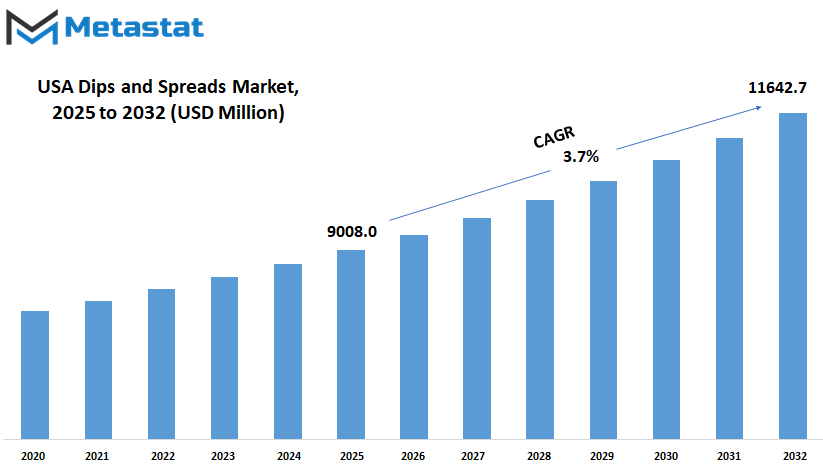
GROWTH FACTORS
The USA dips and spreads market will grow as consumer preferences tilt toward convenience and taste. Dips and spreads are now seen as staples in homes, restaurants, and between-the-meals snack applications, owing to fast-changing lifestyles and the super-quick demand for meal solutions. Consumers are demanding products that impart flavor and are also healthy. Hence, industries are now innovating with types of healthier ingredients, fewer preservatives, and different flavors that are catering to this market's interests.
Increasing consumer demand for plant- and organic-based products is another prominent factor adding to the market growth. With the emergence of health-conscious consumers, demand for dips and spreads made using natural ingredients is increasing. Brands are introducing products that put emphasis on the use of fresh veggies, legumes, and nuts courtesy of reduced artificial ingredients. At the same time, dietary trends such as keto, gluten-free, and high-protein are also instrumental in the development of new products. The expectation-based on life cycle approach-different varieties will emerge from companies to entice divergent market groups as taste and health are complementary.
The foodservice industry also contributes to the market by putting a range of dips and spreads on restaurant and fast-food menus. From old varieties like hummus and guacamole, the new trend is cereals and herbs in bold international flavors, which allow the consumer to experience unique tastes. Food delivery services, packaged dips and spreads intend to please those wanting to revel in restaurant flavors from the comfort of their homes.
Despite the optimistic nature of the market, certain reasons could rein its growth. Because of faster alternatives available at homestay and endless debates regarding the preservatives added, some consumers might resist packaged dips and spreads. Price changes of ingredients along with disruptions in the supply chain may also threaten to intervene at some points in production or pricing, making it an uphill task for some brands in maintaining a steady offering.
Yet, sustainability, convenience, and customization hold great opportunities for the future. Eco-friendly packaging and responsibly sourced ingredients will attract buyers with an ecological conscience. Technological advances in food sciences would also allow manufacturers to develop products with extended shelf lives while maintaining freshness and quality. Research and development-focused brands will have the advantage of bringing fresh products to market most appealing to a broader audience.
As changing consumer lifestyles shape the USA Dips-and-Spreads market, there will be growing spectrum offerings in terms of flavors, healthy alternatives, and sustainable options. Brands aligned with these trends will find themselves strategically positioned for growth, catering to the increasing demand for convenience and quality over the coming years.
MARKET SEGMENTATION
By Product Type
The USA Dips and Spreads market will continue to grow due to changing consumer preferences toward convenience, taste, and healthfulness. As consumers continue to demand ready-to-eat solutions for dips and spreads, the demand for these products will increase. Changing dietary habits and increases in the consumption of exotic flavors will drive the growth of the market, resulting in an increasing variety of offerings. Manufacturers will address consumer needs by stressing the use of natural ingredients, minimizing artificial additives, and providing plant-based options.
As the health-conscious populace demands nutritious products, the Dips and Spreads market will see the innovation of time-honored favorites such as hummus and guacamole. With its buttery mouthfeel and protein status, hummus is expected never to go out of style. Brand diversity will enter novel ingredients containing all kinds of beans and vegetables to lead to developing some unique flavor profiles. Guacamole will forever be loved for its fresh, creamy taste, especially with a side of consumers looking for preservative-free options designed to retain freshness without compromising quality.
What will promote and add to driving forces of the market is the salsa and cheese spreads. Salsa is a favorite capable of retaining the market due to its myriad of flavors. It will accommodate different spice levels and preferences from ingredient use. With the increased awareness on fresh and organic products, new variants of salsa that are preservative-free with low sodium would also be developed. Cheese spreads will continue to be customized as snacks or pastes and more offerings and opportunities for plant-based and lactose-free formats will be provided.
Any transformation for vegetable dips and mayonnaise should be found aligning the trends with health concerns. People looking for wholesome indulgence may find the vegetable dips appealing as they will incorporate more nutrients, thereby satisfying their dietary concern but not the taste. Household mayonnaise will diversify its offer to include dairy-free, egg-free, and reduced-fat options for those looking for suitable spreads. It will focus on making products that address consumers' needs using healthy oils and healthy natural ingredients to replicate that creamy mouthfeel and taste they expect.
As consumer preferences change, new products will keep coming in to satisfy their needs. Manufacturers will devote resources toward the development of packaging that will promote freshness and minimize waste to the convenience of the consumer. The effect of online penetration and direct-to-consumer models will also impact the complete sale chain of these products. As preferences keep changing, another factor driving competition will be the rapidly changing tastes toward gourmet flavors, thereby pushing brands to work on improving quality, extending product offerings, and fulfilling consumer needs.

By Application
The USA dips and spreads market is on an upward trajectory as consumer preference shifts toward convenience and taste. People see versatility in the product line whether the product serves the purpose of a snack, a topping, or an ingredient in the meal. These evolving demands lead manufacturers to launch new flavors, healthier choices, and enhanced convenience in packaging. Gradually, the market will witness growth in both traditional variants and modern adaptations to sate the changing palate and dietary considerations.
The food industry undergoes constant change, and dips and spreads are also subject to change. More and more, consumers are becoming ingredient-conscious, opting for natural or organic forms without preservatives. Therefore, brands work on clean-label products that taste good and provide nutritional value. Plant-based alternatives will continue to be a force fueling growth among those wanting dairy-free and vegan products in the future. Unique flavor pairings will gain popularity, and consumers will always want something new to talk about.
Tops Dips and spreads in the USA are classified as per different applications with respect to the demand-supply equation, namely household-type consumption and the food-service-type demand. Household settings use the products mainly for quick meals, get-togethers, and snacks. Convenience matters, so these ready-to-eat food options fit into people's busy lives. The brands will keep working on packaging that maintains the shelf life of dips and spreads as well as their freshness for smooth storing and ultimate consumption by the end user. Online grocery shopping will also impact this market, mainly with companies introducing direct-to-consumer sales and subscription basis to meet demands.
On-demand foodservice uses dips and spreads for restaurants, cafes, and catering. A wide variety will be developed, with growing interest in global cuisines leading to even more international flavors reaching the market. Companies will be inclined toward quality, with bulk-packaged products that are economical and easy to incorporate into various menus. Customizing products to allow chefs to modify flavors in line with their specific menu requirements will also follow.
By Region
As time goes on, dips and spreads in the USA will grow in demand as consumer preferences continue to shift toward ease and flavor in foods. With busy lifestyles and a large emphasis on snacking, dips and spreads are now a fundamental food item found in most households, restaurants, and fast food. People are interested in things that provide both taste and nutrition, which has allowed for all kinds of new combinations and flavors to be added. Innovations will soon become a strong selling point for products in the USA Dips and Spreads market, as brands will be catering to consumers looking for healthier options, plant-based varieties, and combinations that intrigue other groups of consumers.
Changing dietary habits and advancements in food technology will shape the marketing future of dips and spreads. The modern consumer is becoming increasingly health-conscious and therefore demanding dips and spreads that contain natural ingredients and fewer preservatives and are more nutritious and valid. Companies, in turn, are launching products that subscribe to these preferences, such as those with organic ingredients, low sodium, and high protein. The next big thing, look out for—global cuisines, as people seek out flavors emanating from varied cultures. This trend will further embolden brands to release bold, new varieties that entice adventurous eaters.
Growth in the USA Dips and Spreads market will develop with distinction in different regions owing to various tastes and purchasing customs. Gourmet and artisanal lines are likely to fare well in the Northeast, where consumers often keep to premium and high-quality food options. The Midwest will keep on being fond of traditional flavors while at the same time flexing in interests toward healthier options. South will index more towards bold and spicy flavors, with dips going like hot cakes to consume with local foods. The West will also act as the trendsetter, fast taking dish after dish to supporting plant-based and organic-the-grocer products, whose consumers here hold values of health-mindedness and sustainability.
Marketers have no choice but to invest in research and development in order to keep ahead of ever-evolving interests. With the ability to adapt and innovate, a team capable of keeping up with high grade ingredient specification, eco-friendly packaging and marketing will bear success. With changing consumer habits, innovation and adaptability will be the main feature of standing out for the brand. Future of USA Dips and Spreads market will be defined along the taste-convenience-nutrition spectrum, thereby maintaining the shelf-appeal across regions.
|
Forecast Period |
2025-2032 |
|
Market Size in 2025 |
$9008.0 million |
|
Market Size by 2032 |
$11642.7 Million |
|
Growth Rate from 2025 to 2032 |
3.7% |
|
Base Year |
2024 |
|
Regions Covered |
North America, Europe, Asia-Pacific, South America, Middle East & Africa |
COMPETITIVE PLAYERS
Because their appetites have changed, consumers in the United States want foods that are easier to use, more flavorful, and healthier for them. Every day, for individual families and the busy lives they live, they are coming to realize foods that will help or simply fit in with the new demands. Dip and spread manufacturers are able to meet these needs by developing a more diverse range of dips, covering all possible views of flavor from plant-based options to those high in protein; clean label products with natural ingredients will ramp up for more consumers who want to know exactly what they eat.
Innovation is set at the center stage and is what will define this industry in the future. There are also formulations that look to augment flavor quality with other health benefits. Whether probiotic-packed dips for gut health or protein stroke-rich spreads with plant proteins, new offers are expected by consumers. Global flavors interest will attract more brands to bring innovation in new and unusual taste experiences using traditional recipes with modern twists. A wide new area for product diversification and consumer base extension has thus opened to the companies.
Competitive tensions among top players will push continuous improvement in the product lines. PepsiCo, Inc., The Kraft Heinz Company, and Conagra Brands Inc., being among the prominent names in this country, will favorably be positioned to launch new varieties responding to changing consumer demands. Other companies likely to focus on further extension of their assortments, ensuring that both classically and newly inspired options are available to answer all possible preferences, include Nestlé S.A., Hormel Foods Corporation, and General Mills, Inc. On the other hand, presumably, McCormick & Company, Unilever Food Solutions, and B&G Foods, Inc. will continue investing heavily in research and development toward development of products with improved constituents and better nutritional profiles.
Ferrero Group and other new entrants will introduce their own special mix to the market by testing out different daring flavors and unconventional ingredients. The demand for plant-based and non-dairy options is increasing greatly, and brands will look to use various protein sources to achieve textures and flavors that appeal to the healthiest consumer and the true indulgent one. Marketing strategies will have to be revised by these brands to focus more on the benefits of their products as opposed to just flavors.
The future direction of the USA Dips and Spreads market would be consumer expectancies coupled with what has been happening in terms of advancements in food technology. It is thus a challenge to balance old traditions against new and varied trends by ensuring that the well-known, familiar foods are catering to emerging needs. As taste turns, the new incoming products will be ready to tackle the audience growth and diversity.
USA Dips and Spreads Market Key Segments:
By Product Type
- Hummus
- Guacamole
- Salsa
- Cheese Spreads
- Vegetable Dips
- Mayonnaise
- Others
By Application
- Household Consumption
- Foodservice Industry
By Region
- Northeast
- Midwest
- South
- West
Key USA Dips and Spreads Industry Players
- PepsiCo, Inc.
- The Kraft Heinz Company
- Conagra Brands Inc.
- Nestlé S.A.
- Hormel Foods Corporation
- General Mills, Inc.
- McCormick & Company
- Unilever Food Solutions
- B&G Foods, Inc.
- Ferrero Group
WHAT REPORT PROVIDES
- Full in-depth analysis of the parent Industry
- Important changes in market and its dynamics
- Segmentation details of the market
- Former, on-going, and projected market analysis in terms of volume and value
- Assessment of niche industry developments
- Market share analysis
- Key strategies of major players
- Emerging segments and regional growth potential



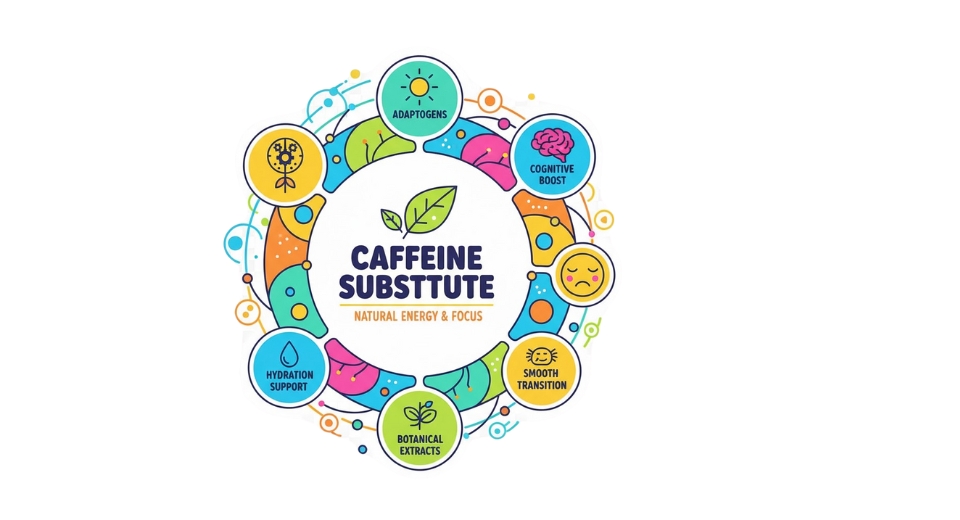
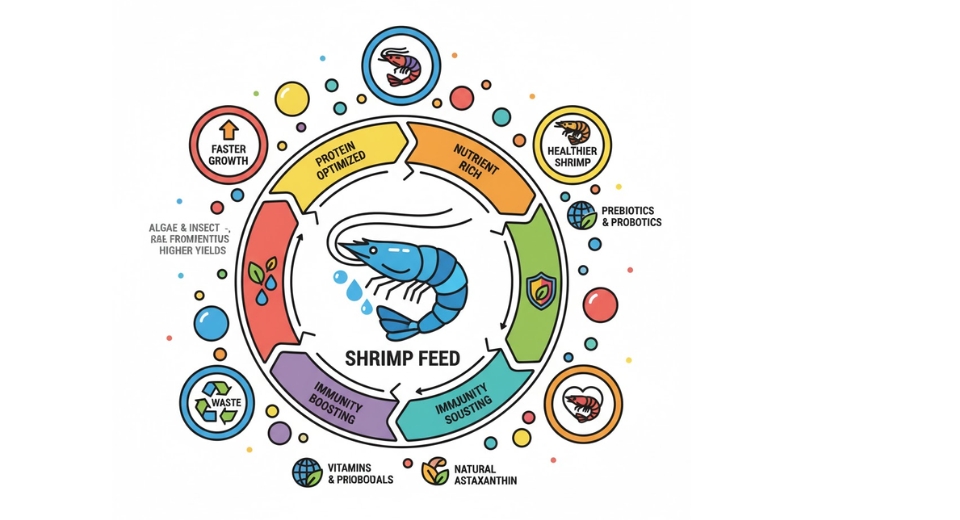
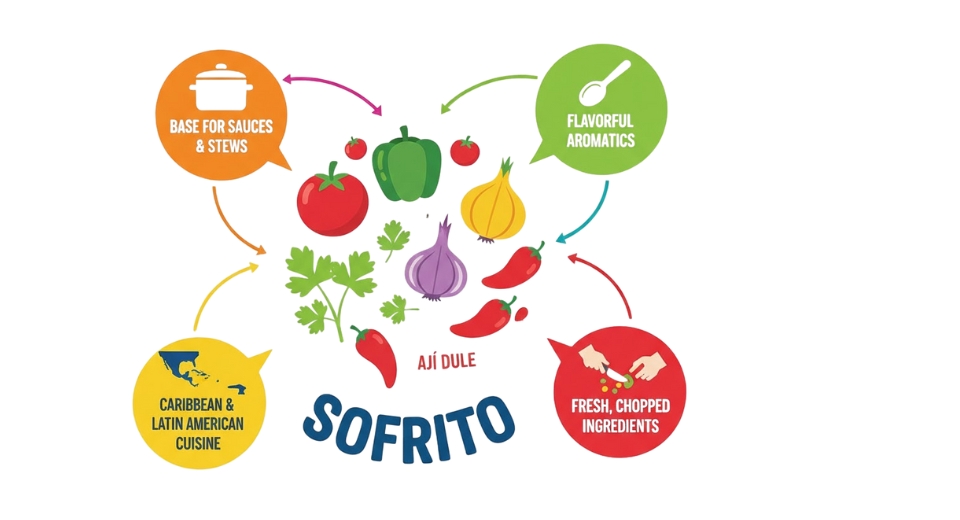
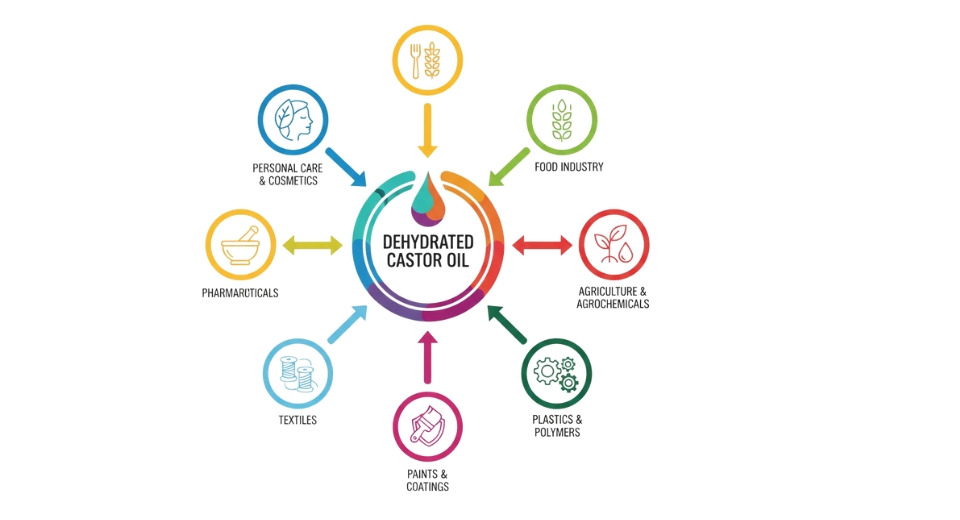

 US: +1 3023308252
US: +1 3023308252






